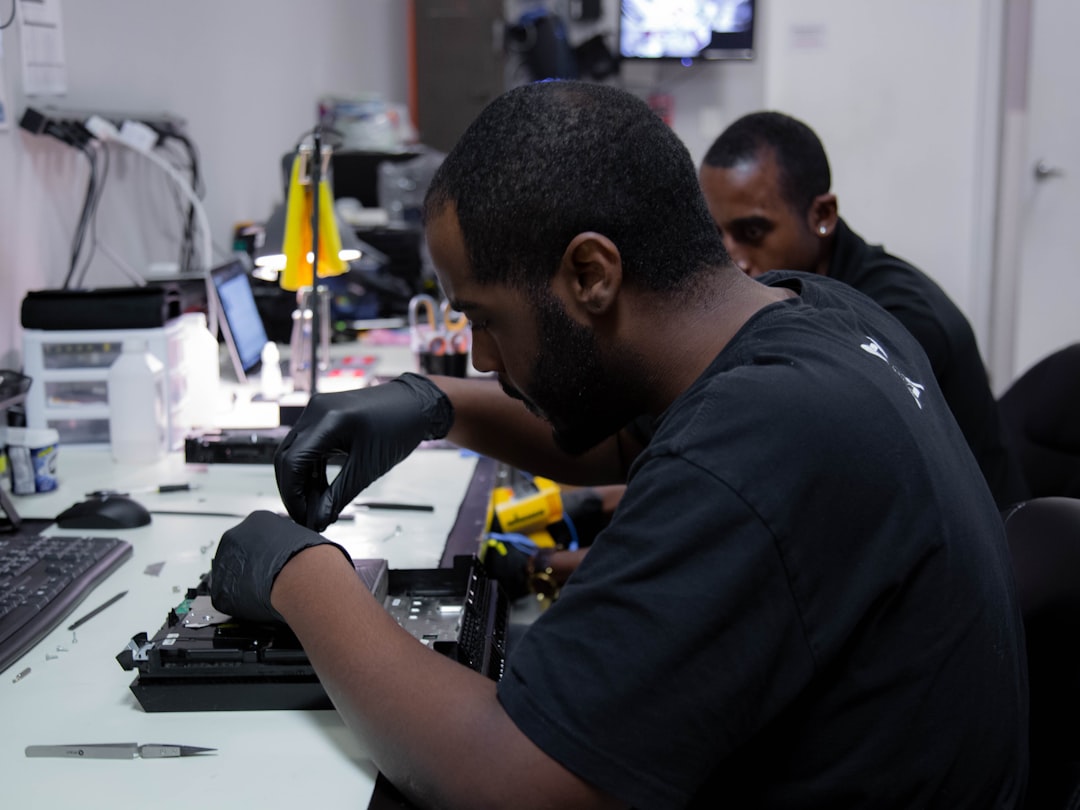Additive manufacturing, also known as 3D printing, is a revolutionary technology that has been transforming various industries for the past few decades. With its ability to create three-dimensional objects layer by layer, additive manufacturing has opened up new possibilities for design, customization, and manufacturing processes. As this technology continues to evolve, many experts are predicting that the future of additive manufacturing holds even more groundbreaking advancements and applications.
One of the key trends that is expected to shape the future of additive manufacturing is the adoption of new materials. Historically, additive manufacturing has been limited to a few materials such as plastics, metals, and ceramics. However, recent research has shown that a wide range of materials, including composites, biopolymers, and even living cells, can be used in additive manufacturing processes. This opens up new possibilities for creating complex, functional objects that were previously impossible to manufacture using traditional methods.
Another important development in the future of additive manufacturing is the increased speed and efficiency of 3D printing processes. As technology continues to improve, additive manufacturing machines are becoming faster, more accurate, and more reliable. This means that manufacturers can produce higher quality parts at a fraction of the time and cost compared to conventional manufacturing methods. In addition, advancements in software and automation are enabling more complex and intricate designs to be created with ease, further expanding the capabilities of additive manufacturing.
The integration of additive manufacturing with other technologies is also expected to play a significant role in its future development. For example, the combination of 3D printing with artificial intelligence and blockchain technology can streamline the design and production process, improve quality control, and enable real-time tracking and tracing of manufactured parts. This convergence of technologies is creating new opportunities for innovation and collaboration across different industries.
In the aerospace and automotive industries, additive manufacturing is already being used to produce lightweight, high-performance components that enhance fuel efficiency and reduce emissions. In healthcare, 3D printing is revolutionizing the production of customized medical implants, prosthetics, and surgical instruments. In the construction industry, additive manufacturing is being used to create sustainable, affordable housing solutions. These are just a few examples of how additive manufacturing is transforming various sectors and industries.
The future of additive manufacturing is not just about creating new products but also about transforming the entire supply chain and manufacturing ecosystem. With the rise of digital manufacturing platforms and distributed manufacturing networks, companies can now collaborate with global partners and access a wider range of resources and expertise. This decentralized approach to manufacturing enables greater flexibility, scalability, and resilience, making it easier for companies to adapt to changing market demands and disruptions.
As the demand for sustainable and eco-friendly solutions continues to grow, additive manufacturing is poised to play a key role in achieving a circular economy. By enabling on-demand production, localized manufacturing, and the reuse of materials, 3D printing can help reduce waste, energy consumption, and carbon emissions. This shift towards a more sustainable and efficient manufacturing model is not only beneficial for the environment but also for businesses looking to improve their bottom line and respond to consumer preferences.
In conclusion, the future of additive manufacturing looks bright and promising. With its ability to create complex, customized, and sustainable products, 3D printing is reshaping the way we design, produce, and consume goods. As technology continues to advance and new applications emerge, additive manufacturing will continue to disrupt traditional manufacturing processes and unlock new opportunities for innovation and growth. Whether it’s in aerospace, healthcare, construction, or any other industry, the possibilities are endless with additive manufacturing. It’s time to embrace the future and unlock the full potential of 3D printing.

